It is difficult to work out who has had the most effect on humanity in the long term. It could be the natives who invented smoking and showed it to Rodrigo de Jerez and Luis de Torres, two of the first Europeans to take up the habit. This was in 1492 and they were crewmen of Christopher Columbus.
On October 28, 1492, Columbus noted in his log reports that the natives of San Salvador burned and inhaled the leaves of a local plant. Rodrigo de Xeres, a lieutenant on Columbus’s expedition became the first European to smoke the Indian’s form of a cigar. He smoked on every subsequent day of the expedition.
The word cigar comes from the native language of the ancient Mayans. The Mayans called the cigar a ‘ciq-sigan’ which the Spanish word ‘cigarro’ derives from. Cigars had religious significance for them as well as soothing properties.
The habit spread among sailors and smoking spread to Spain and Portugal and eventually France. It gained early enemies though and was denounced by Philip II of Spain, and James I of England. However, such was its addictive nature, it was spreading - around 1592 the Spanish galleon San Clemente brought 50 kilograms of tobacco seed to the Philippines.
As early in the 16th century, Cuban peasants became tobacco growers. Their capital city Havana came to represent the best of the cigar maker’s art.
By the 19th century smoking was common, though it was ruled by cigars and in England pipes. Cigarettes were virtually unheard of. By this time tobacco was being grown commercially in Brazil, Cameroon, Cuba, the Dominican Republic, Honduras, Indonesia, Mexico, Nicaragua, the Philippines and the Eastern United States.
Cuban cigar sales jumped 8% to US$ 447m in 2013.
In 1905 there were roughly 80,000 cigar makers in the US, most of them small, family-operated shops where cigars were rolled and sold immediately. At one point each factory had a lector or reader who was employed to entertain cigar factory workers. This is still practiced in some Cuban factories and is also thought to be the origin of the Monte Cristo cigar – probably one of the stories read to early rollers of the leaf.
American cigar stores used to have wooden figures in their shops called ‘Cigar store Indians’. These indicated tobacco stores in the same way that barbers poles advertised their stores.
The cigar industry perhaps more than any other is controlled by a small number of powerful families. Perhaps the best known of these is the Arturo Fuente family, which has been rolling its Arturo Fuente and Montesino cigars since 1912. The oldest Dominican Republic cigar maker is the León family, which has been making its León Jimenes and La Aurora cigars on the island since 1905.
Even the growers are family-led. The Oliva family has been growing cigar tobacco since 1934 and their tobacco is found in nearly every major cigar brand sold on the U.S. market.
There are a number of luminaries associated with the cigar. Rudyard Kipling even wrote a poem known as The Betrothed as an ode to the cigar.
The future looks bright for the leaf. Several serious vendors have set up business on the net and this has increased both availability and knowledge of the cigar.
There are also financial benefits of going online and cutting out the middle man: In a store, cigars are bought from a cigar company which purchases its cigars from a manufacturer. At each transaction step, the price gets doubled in a common business model called ‘keystone’. It is then resold to the consumer, doubling the price yet again. Internet sales bypass this chain.
Certainly Rodrigo de Jerez and Luis de Torres would be surprised at what they started on that small island 500 years ago.


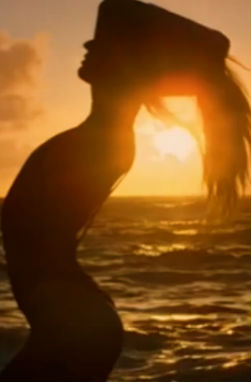
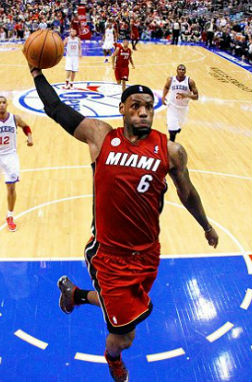

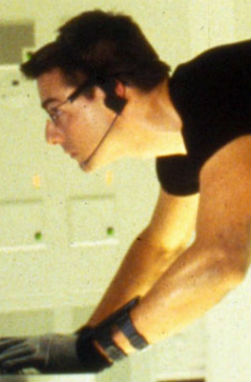
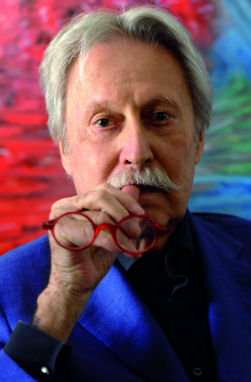



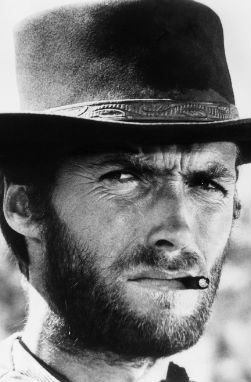


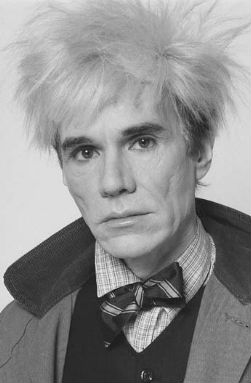

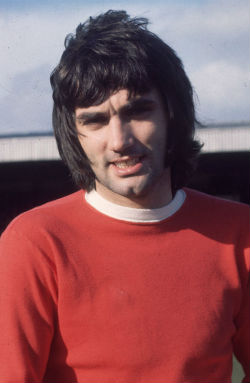




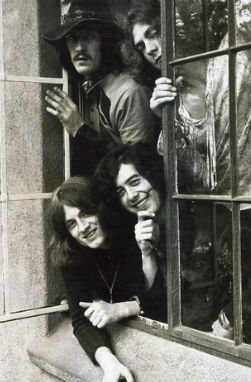
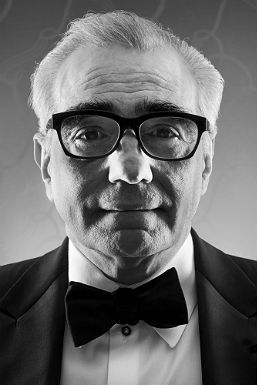

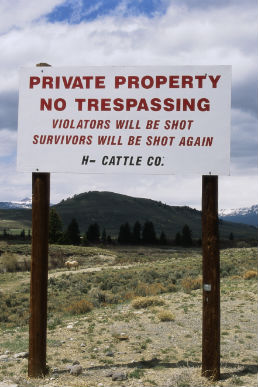
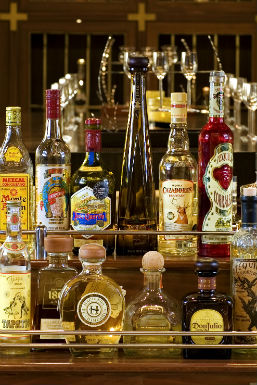
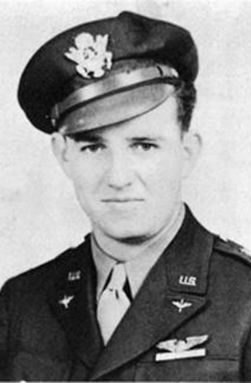








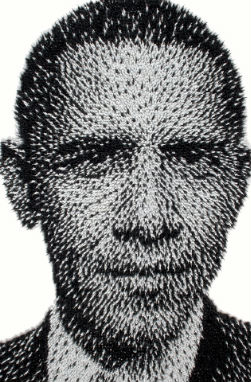

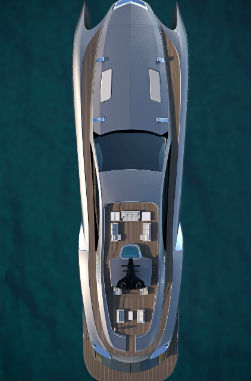


SHARES
Comments